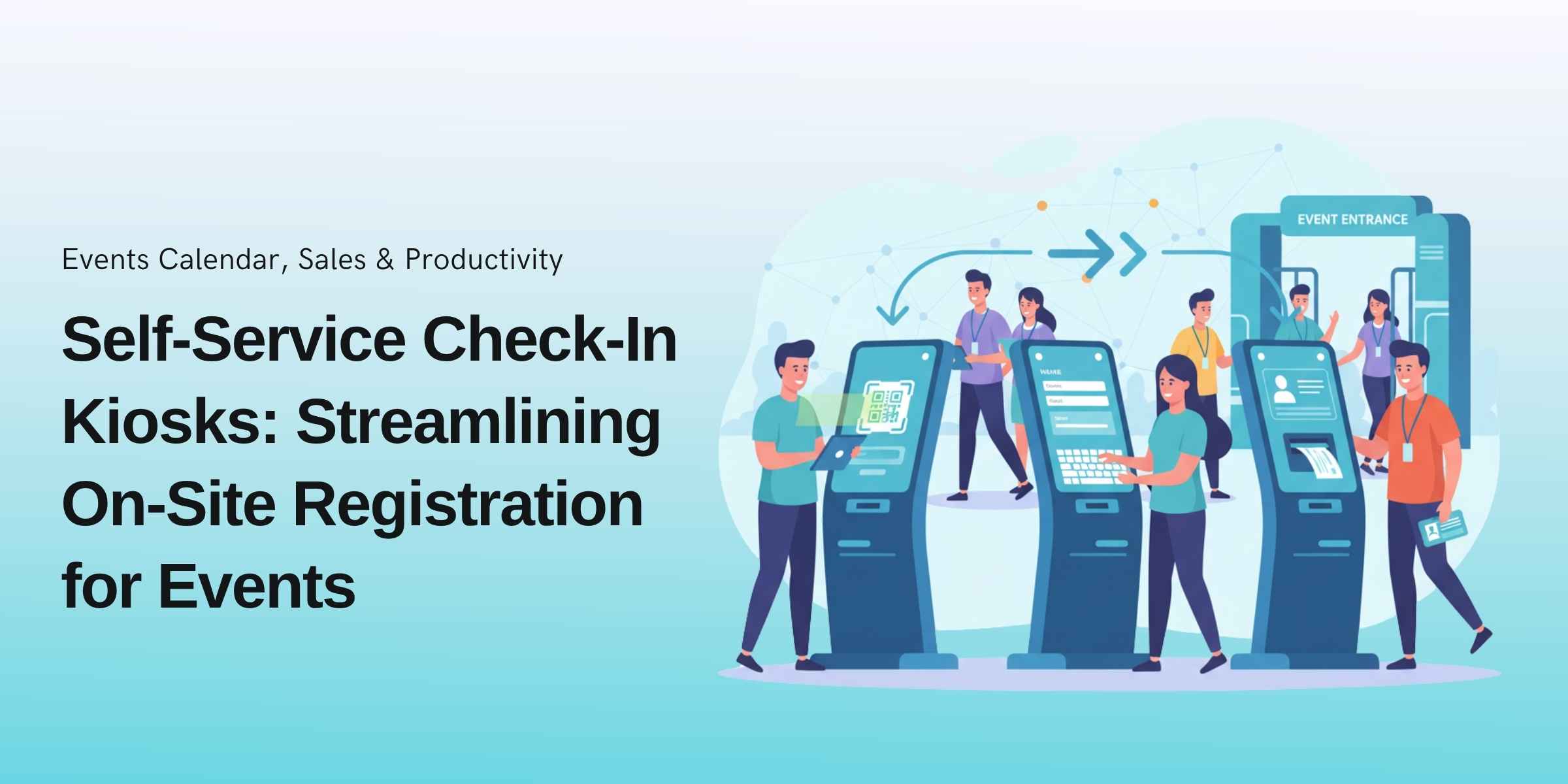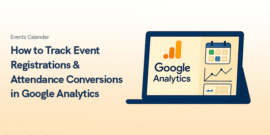
Streamlining On-Site Registration for Events Easily in 2025 – Self-Service Check-In Kiosks
If you’ve been to any big conference or trade show recently, you might’ve noticed how different check-ins feel now. There’s barely a line anymore. People just walk up to a small screen, scan a code from their phone, and walk off with a printed badge in their hand. It’s fast, maybe 30 seconds tops.
A few years ago, this would’ve seemed futuristic. Now, it’s normal. These self-service check-in kiosks have quietly replaced the long tables and overworked staff that used to handle registration. Everything’s quicker, smoother, and honestly, less stressful for everyone involved.

For organizers, that’s a big win. Less chaos at the door, fewer people needed at the desk. And for attendees, it’s a better start to the day — no waiting, no confusion, just walk in and go.
Let’s talk about how these kiosks actually work, why everyone seems to be switching to them, and how tools like MDM help keep the whole system from breaking under pressure.
Why Events Are Switching to Check-In Kiosks?
Not long ago, registration meant printed lists, clipboards, and a few stressed-out staff members typing names at full speed. It worked, but it wasn’t fast or fun.
Now, events use self-service kiosks because they solve all the old problems. Attendees don’t wait around. Staff don’t scramble. Everyone wins.
A few reasons why kiosks are taking over:
- They’re faster. Check-in usually takes under 60 seconds.
- They’re accurate. No typos or missing entries since data pulls directly from registration software.
- They scale easily. One setup can handle hundreds or even thousands of guests.
- They feel professional. Clean, digital, and modern.
Most importantly, they make the first impression count.
How a Check-In Kiosk Works?
At first, these machines look simple. You walk up, tap a screen, and get your badge. But behind that quick moment, a lot’s going on.
The kiosk is connected to the event’s main database, checking if your name’s on the list the second you scan your code. Once it finds you, it prints your badge automatically. Some systems even add a few extra steps, like taking a photo, checking payments, or showing your session schedule.
It feels like magic because it’s fast, but it’s really just good software and solid device setup working together. Nothing fancy, just well-organized tech doing its job quietly in the background.
The Hidden Hero: MDM
Most people don’t think about what’s inside those kiosks. It’s not a mystery box, it’s basically a tablet or touchscreen computer running one dedicated app all day long.
And here’s the tricky part: that device has to stay connected, updated, and secure for the entire event. If it freezes or disconnects, everything slows down. That’s where Mobile Device Management, or MDM, steps in.
MDM lets event teams keep an eye on every kiosk remotely. They can see if a device goes offline, fix small issues, or even push updates without walking across the venue. It keeps every screen working like it should, without anyone having to hover nearby.
Here’s what that looks like in practice:
1. Locked and Focused
With MDM, kiosks stay in “kiosk mode.” That means they only run the check-in app. Nobody can close it, browse the web, or change anything. It keeps things neat and safe.
2. Remote Monitoring
If a kiosk freezes or goes offline, IT doesn’t need to walk across the venue. They can see the issue and fix it remotely in seconds. It’s like having an invisible technician for every screen.
3. Data Protection
Every kiosk handles attendee details, so privacy matters. MDM adds encryption and clears data automatically once the event wraps up. Nothing sensitive gets left behind.
4. Easy Updates
Need to refresh branding or fix a bug? With MDM, you can update every kiosk at once, even across different event locations.
5. Reporting and Analytics
After the event, organizers can pull reports from MDM tools—things like how many check-ins each kiosk processed or how long devices stayed active. That data helps make the next event even smoother.
Why Event Organizers Love Kiosks?
For organizers, kiosks simplify everything. They:
- Cut down staffing needs.
- Keep queues short.
- Give instant visibility into who’s checked in.
- Reduce errors from manual entry.
- Maintain brand consistency across every screen.
The result is a cleaner, faster registration flow. Staff who used to spend hours managing check-ins can now focus on guests or logistics instead.
Why Attendees Love Them Too?
Attendees notice the difference immediately.
- No long waits. They check in at their own pace.
- No awkward spelling corrections. Their names are already in the system.
- No fuss. Just scan, confirm, and move on.
That first few minutes at an event matters. If the check-in is quick and easy, everything that follows feels better too.
Where You’ll Find Check-In Kiosks?
You’ll spot these systems almost everywhere now:
- Corporate conferences: Streamlined entry and instant badge printing.
- Trade shows: Large-scale registration with minimal queues.
- Education events: Fast guest or student check-ins.
- Healthcare meets: Secure, compliance-ready registration.
- Concerts and sports venues: Quick ticket scans and wristband printing.
In short, anywhere there’s a crowd that needs to check in fast, kiosks fit right in.
How MDM Makes It All Work Smoothly?
Even the best kiosk software can’t save an event if the device crashes or disconnects mid-check-in. That’s where MDM quietly holds everything together.
MDM isn’t just about convenience. It makes sure the right apps stay active, updates are installed, and no one tampers with the settings.
If a kiosk freezes or goes offline, the fix can be done remotely in a few seconds. Event teams can even schedule automatic data wipes or updates after the event. It’s one of those background systems you never notice when it’s working but you’d definitely notice if it wasn’t.
MDM Solutions: The Reliable Backbone
Here’s the thing: these kiosks look simple, but keeping them running isn’t easy. If even one device freezes, it can throw off the whole flow. You get lines, frustrated guests, and staff trying to fix things on the spot which is not exactly the smooth start anyone wants.
That’s why event teams usually rely on MDM tools like Scalefusion to keep everything steady. It’s the kind of software that lets IT folks make sure every kiosk stays on the right screen, gets its updates, and stays connected, all without running around the venue.
It’s not flashy stuff, but it’s what keeps check-in moving. When everything works quietly in the background, the event feels more organized. The staff stays calm. Guests check in, grab their badges, and move on. No drama.
If you think about it, MDM is basically the behind-the-scenes safety net that holds everything together. You don’t see it, but if it wasn’t there, you’d notice pretty fast.
Recommended Posts

How to Create an Effective Event Marketing Plan from Scratch in 2025
December 22, 2025


